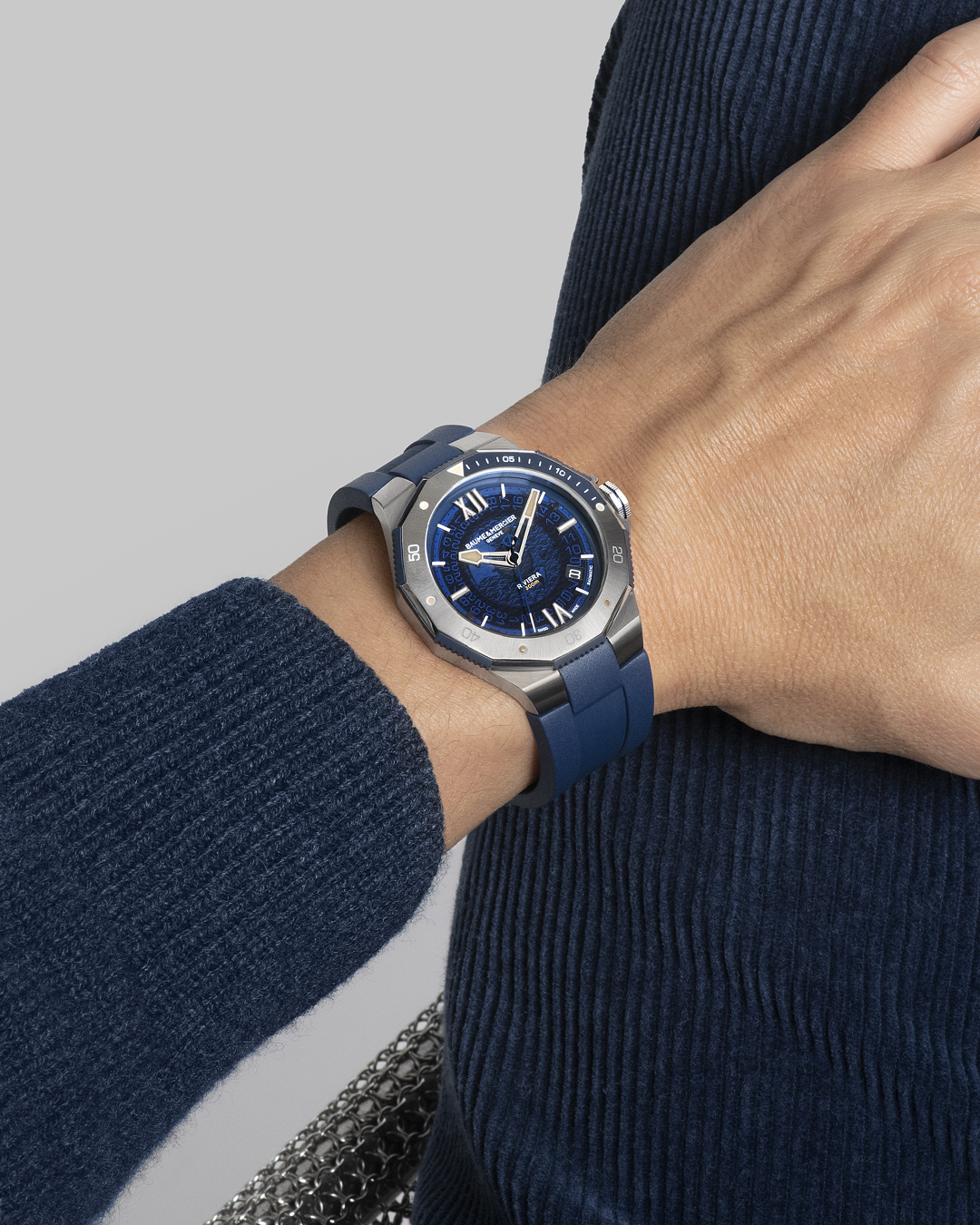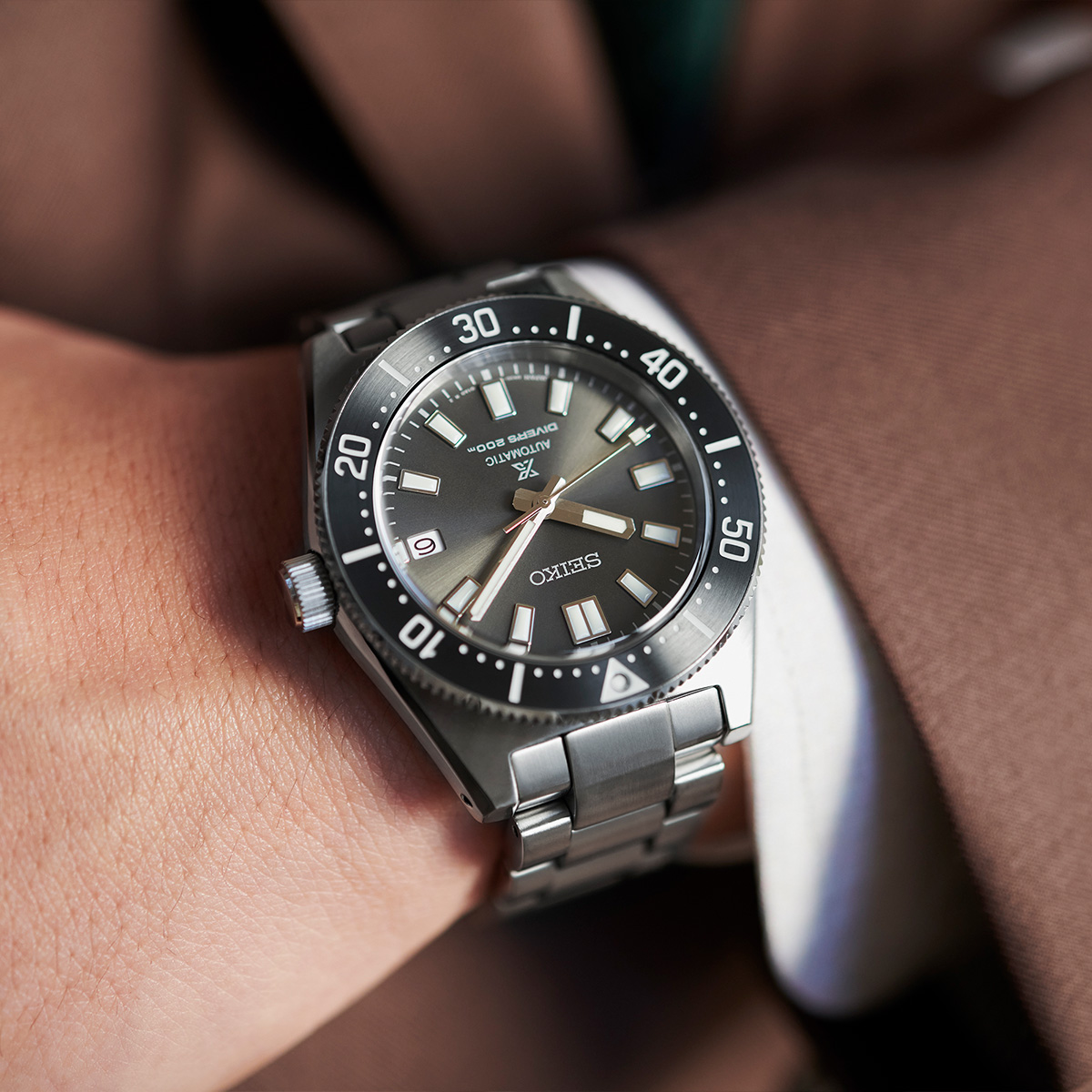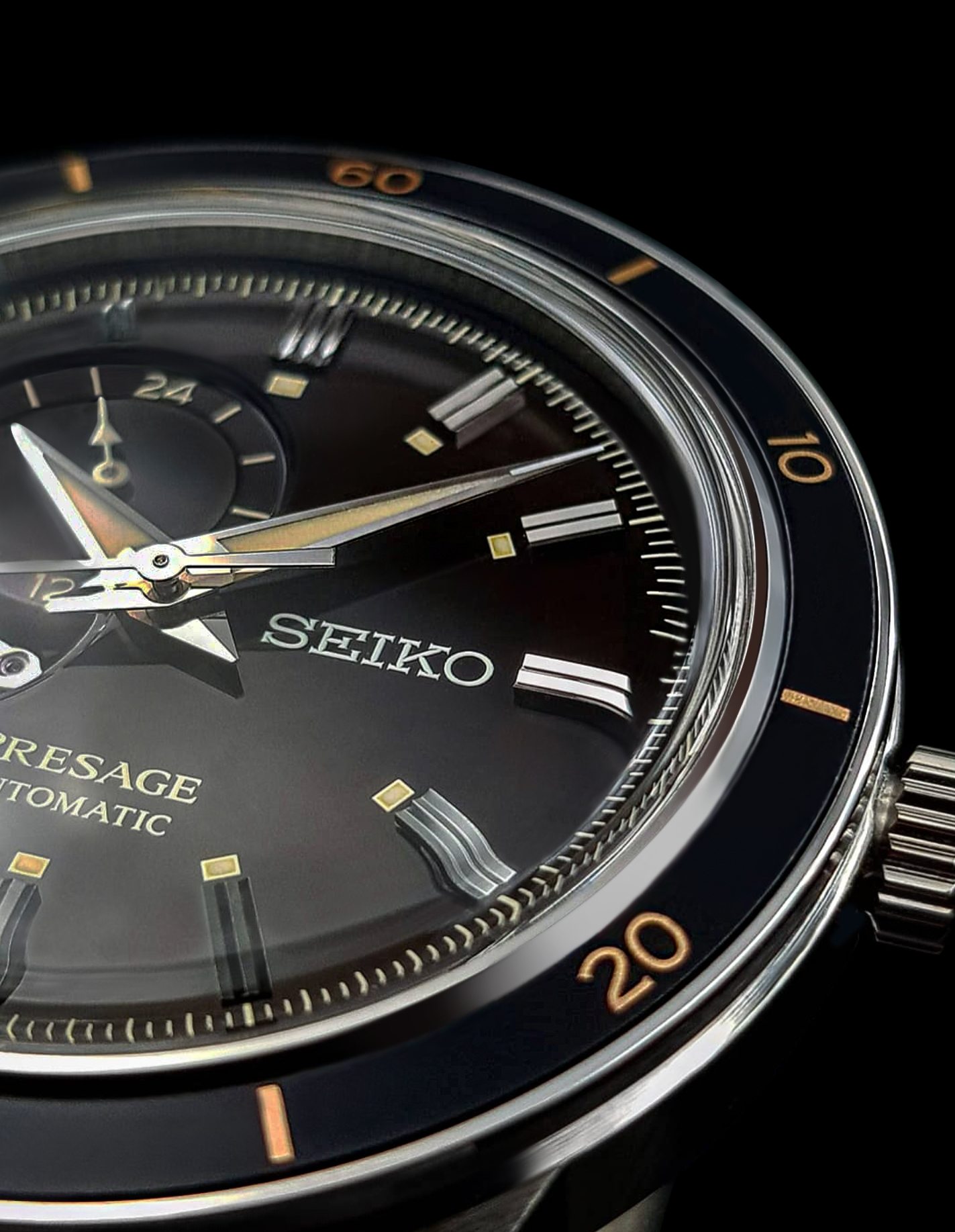One of the finer details that need to be decided on is which type of setting you want to showcase that magical diamond or precious gem. It can make a big difference to how the stone looks and how comfortable it feels to the wearer.
Settings can refer to the setting for the centre stone, accent stones and the setting of the stones in the band, if you’re considering a band set with diamonds or gems.
Centre stone settings
Prong setting
This is the most common engagement ring setting, particularly for solitaires. They can feature either four or six ‘prongs’ (tiny metals claws that hold the secure the diamond to the band) with the four prong setting showing more of the stone and the six prong being that little more secure. This setting is popular as the metal is kept to a minimum allowing more light to pass through the diamond and maximise its sparkle.
Prong settings can snag on clothing however so the more active woman may prefer to have the stone mounted low where the stone is set closer to the band, or you may want to consider a bezel setting instead.
A high mount, such as a Cathedral setting where arches of metal are used to hold the diamond in place, raises the diamond high above the finger. It can make the centre stone look bigger but can also increase snagging.
Bezel setting
This is another popular setting with a contemporary design that encircles the entire diamond in thin metal to secure it firmly in place This can be a great option for those with active lives and need to protect the stone from snagging or becoming damaged.
A bezel setting can also be partially set, where the metal may leave the sides open.
Halo setting
A halo setting aims to really dazzle. The centre stone is encircled by smaller diamonds in single or multiple rings. This setting can make a smaller centre stone appear larger and can look incredible on diamonds and stones of any shape – round, square, pear etc. Consider contrasting the metal of the halo setting with the band. Rose and white gold is popular current trend.
Flush setting
This is when the stone is set flush into the band and is a popular style for gents rings and wedding bands. It’s not deemed a good choice of setting for softer stones (such as pearls and emeralds) as the jeweler will need to hammer in the metal to hold the stone which could damage it in the process.
Cluster setting
Clusters of stones are held together tightly to resemble a larger stone. It may consist of a number of stones of the same size, or feature small stones encasing a larger stone.
Tension setting
This can be great option for those who are after modern, individual look. The centre stone is set tightly between two open ends of a metal mount or shank to give the impression that it’s floating. The mount and shank may take a highly creative and artistic form.
Band (or 'shank') settings
The band (also referred to by jewellers as the shank) also comes in a wide variety of options. From the shape of the band (round, square etc) diamond sidestones, to diamonds bands and split-shanks – it’s another aspect of the engagement ring that may been careful thought!
Diamond in the band can also be prong, bezel or flush set.
Split shank
A split-shank is where the band splits into two or even three shanks which then hold the mount. The shanks can either be plain metal, detailed metalwork or adorned with diamonds or gems. There are also twist shanks, where the shank splits and then twists the form a twisted rope look.
Pave band
As with a pave centre stone setting, a pave band ‘paves’ small diamonds around the shank. This band setting can really make a centre stone stand out and provide extra sparkle.
Pave bands must be sized correctly prior to their make as sizing afterwards can be very difficult.
Channel-set band
Another good option for the active woman who wants a diamond band with a practical, snag-free design. A channel setting secures diamonds closely together and flush into the band.
Bar-set band
Another good option for the active woman who wants a diamond band with a practical, snag-free design. A channel setting secures diamonds closely together and flush into the band.
If you’re still unsure where to go from here – talk to an expert. Diamond and engagement ring consultants will ask you all the questions to establish a suitable style, answer any questions you have and guide you down the right path to making an informed decision.
Make an appointment with your nearest Smales diamond and engagement ring specialist now.
Visit #SmalesBridal on Facebook and Instagram for beautiful engagement and wedding rings, inspiration and helpful information!




